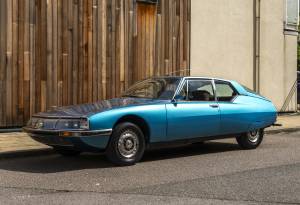Citroën SM classic cars for sale
The Citroën SM stands alone in classic car history: a French grand tourer fusing Maserati V6 power with Citroën’s hydropneumatic suspension and radical design. Built between 1970 and 1975, it was a technical benchmark—today it's an engineering cult object for the discerning connoisseur.
Search results
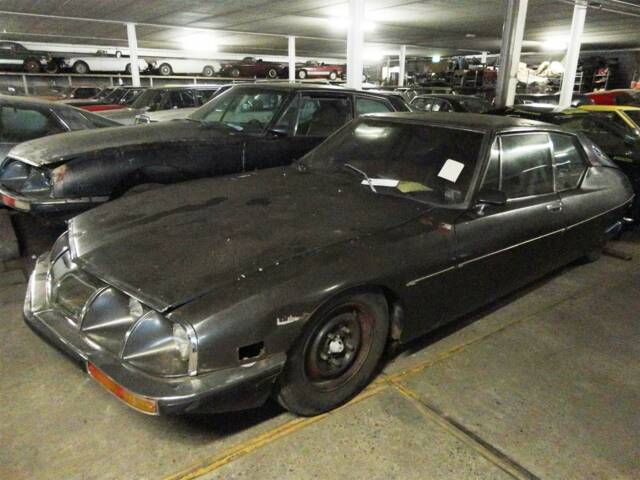
1973 | Citroën SM
Citroën-SM 0184
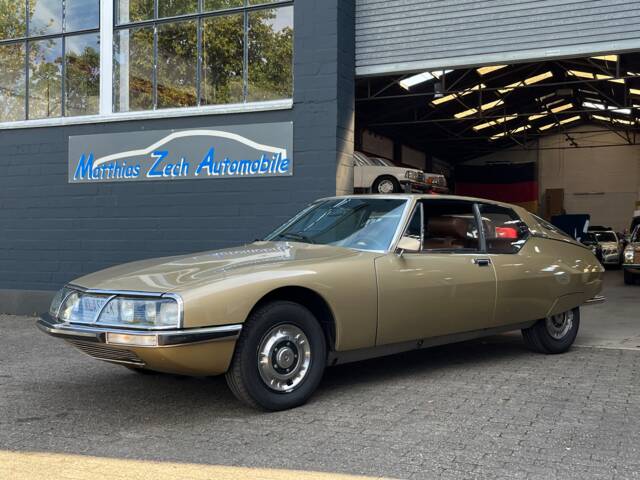
1971 | Citroën SM
Lederausstattung * 5 Gang geschaltet * Vergasermodell

1971 | Citroën SM
Citroën SM (LHD)
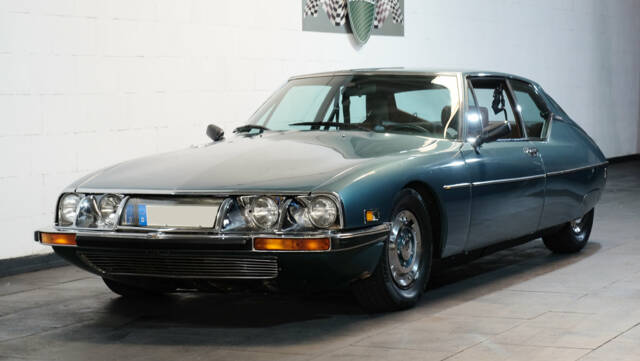
1973 | Citroën SM
Citroen SM - Maserati-Power trifft französische Ingenieurskunst
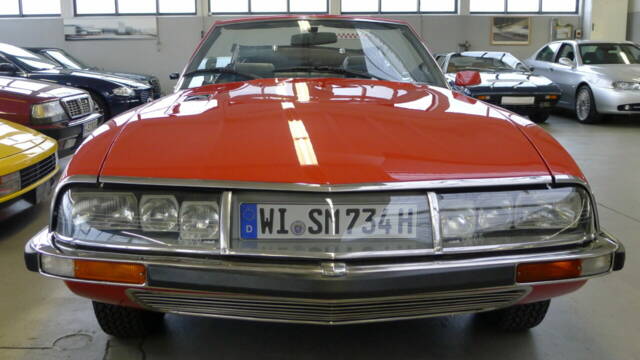
1973 | Citroën SM Waßmann
Waßmann Cabriolet, Note 2+
Citroën SM listing references from Classic Trader
Below you will find listings related to your search that are no longer available on Classic Trader. Use this information to gain insight into availability, value trends, and current pricing for a "Citroën SM" to make a more informed purchasing decision.
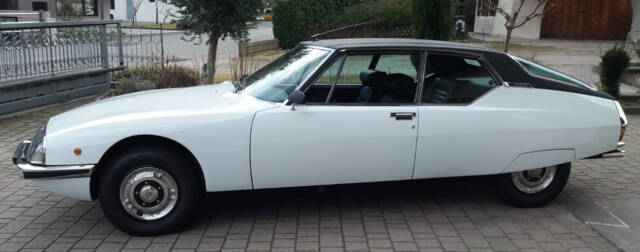
1973 | Citroën SM injection
Liebhaberfahrzeug - perfekter Zustand - unfallfrei
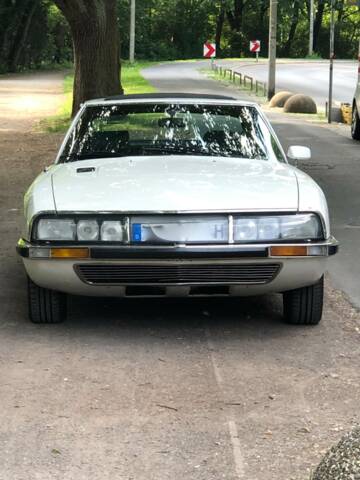
1971 | Citroën SM
Citroën SM 2.7 V6 – Klassiker mit Stil und Substanz – Baujahr 1971
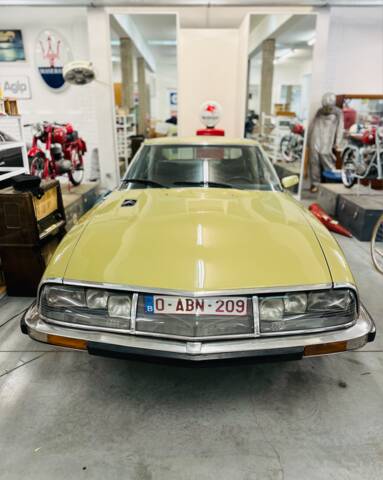
1974 | Citroën SM
+ continental edison Radio

1971 | Citroën SM
1971 Citroën SM 2.7-Litre
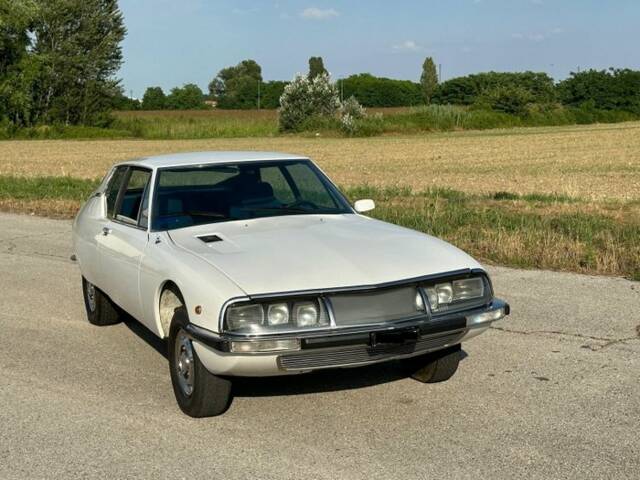
1972 | Citroën SM
Citroën - Maserati SM - 1972
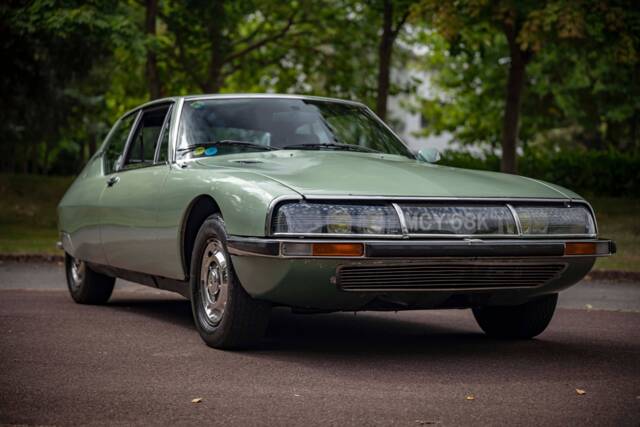
1971 | Citroën SM
Rare / Early Car - Well Known Example
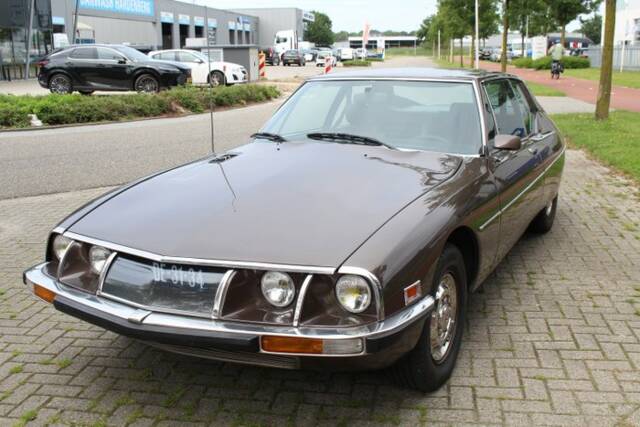
1972 | Citroën SM
Citroën - SM V6 Maserati - 1972
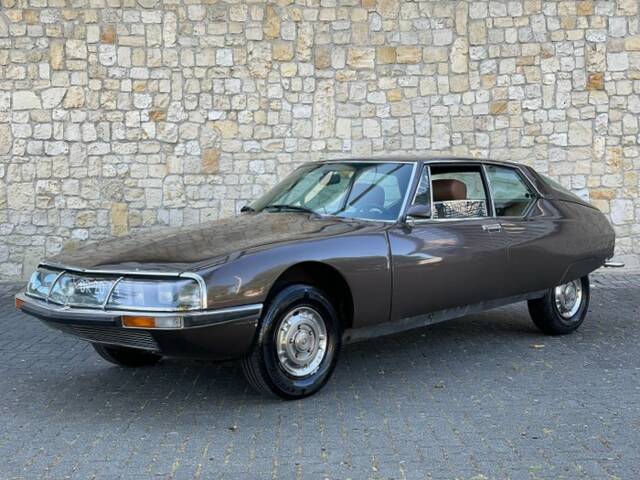
1972 | Citroën SM
Citroën - SM - 1972
History of the Citroën SM
The Citroën SM emerged from Citroën’s ambition to redefine grand tourers, combining French engineering with Italian performance. After Citroën acquired Maserati in 1968, development began on a high-speed coupé that paired the proven hydropneumatic suspension of the DS with Maserati’s potent V6 engine. Design work began as early as 1961 under 'Project S,' seeking to create a sporting evolution of the DS. The SM debuted at the 1970 Geneva Motor Show with aerodynamic lines penned by Robert Opron and a chassis optimised for both comfort and dynamism. Though released against the backdrop of growing technical complexity and a looming oil crisis, it captured the attention of enthusiasts and cultural figures alike, with owners ranging from rock stars to royalty. Despite initial acclaim—placing third in the 1971 European Car of the Year and winning Motor Trend’s 1972 Car of the Year—the SM's complex technology and shifting market conditions saw production cease by 1975 after fewer than 13,000 were built.
Model History
The SM was designed as a high-speed successor to Citroën’s DS, directly inheriting its hydropneumatic platform but introducing notable mechanical upgrades. The first cars, coded C 114/1, featured a 2.7-litre Maserati V6 with 168–170 hp and triple Weber carbs. Later, the range expanded: C 114/3 for fuel injection and improved performance, and C 114/4 with a 3.0-litre engine, especially for export markets. The majority came with a 5-speed manual gearbox, with a 3-speed automatic (particularly in the US) offered later. Sales declined sharply after the 1973 oil crisis and Citroën’s bankruptcy; Peugeot halted SM production just as the model was gaining cult status. With nearly 13,000 built, the SM’s technical influence echoed in subsequent Citroën experiments but never truly found a direct successor.
Highlights and Special Features
The SM was a technological tour de force: its hydropneumatic suspension delivered unrivalled ride comfort and automatically adjusted for load. The Maserati V6, positioned longitudinally with a gearbox ahead of it, powered the front wheels—an unusual choice for such a powerful car of its era. Its DIRAVI speed-sensitive steering, self-centring and extremely direct, remains unique and a challenge even for experienced drivers. Up to six headlights (with steerable inner pairs for cornering, behind a signature curved Plexiglas cover) made the car safer and visually distinctive; owing to local laws, some export models featured open headlights. The dashboard was extravagantly styled, with oval Jaeger instruments and a single-spoke steering wheel. Factory options included air conditioning, electric windows, leather trim, and even a steel sliding roof.
Technical Data
Special Editions and Collectible Models
Rare coachbuilt cabriolet variants by Henri Chapron—which include just 7 factory-original convertibles—are the pinnacle of desirability, especially the presidential cars built for the French state. Special models were built for the French police and for presidential duties, including two cabriolets used during the Queen Elizabeth II state visit in 1972, still held by the French Republic. There was also a rally variant, which achieved a class win at the 1971 Rally du Maroc and a podium at the 1972 Rallye de Portugal. US-export models differ through emissions equipment, unique headlights, and a greater incidence of factory automatic gearboxes.
Weak Spots and Common Issues
Owing to its advanced design, the SM demands attentive maintenance. Weak spots include the electrical system, with many critical accessories routed via a single main relay—making windows or other powered features potential trouble points. The complex hydraulic system, while robust if serviced correctly, can be costly if neglected. Parts are usually available but some, especially trim or unique factory components, can command significant prices. In early production, the Maserati engine’s timing chains and tensioners are known issues if not properly serviced. The six-headlight assembly (especially the Plexiglas cover) can complicate European roadworthiness tests, but many countries now grant historical exemptions.
Engine and Performance, Transmission and Handling
The Citroën SM defines the concept of the high-speed grand tourer, achieving a blend of comfort and performance few contemporaries matched. The 2.7-litre V6 with triple Weber carburettors delivers 168–170 hp, while the later fuel-injected and 3-litre versions increase output to approximately 180–187 hp. Direct power is transmitted via front wheels—a technical feat at this performance level—yielding 0–100 km/h in about 8.2 seconds (factory figure) and top speeds exceeding 220 km/h. The ride is outstanding, with floaty yet surprisingly controlled handling courtesy of the hydropneumatic suspension and a very low roll center, further aided by the DIRAVI steering (only two turns lock-to-lock). Michelin XWX tyres in a bespoke size underline the car’s sophisticated dynamics. - C 114/1 (65% of listings): 2.7L, triple carburettor, 5-speed manual, most pure European SM experience
- C 114/3 (25%): Later injection models, better drivability and emission compliance
- C 114/4 (10%): 3.0L, usually automatic, US-market and rarest
Interior, Comfort, Exterior and Design
Robert Opron's aerodynamic styling gave the SM a teardrop profile, wide haunches, and tapering glasshouse—refined in the wind tunnel for a cW of just 0.339. Its distinctive front features up to six headlights behind a sweeping Plexiglas panel (except on US models). The car sits low, with a strikingly long nose and broad stance. Interiors are equally unconventional: deep, lounge-like leather seats (often in black, tan, or blue), oval Jaeger instruments, and an extravagant single-spoke steering wheel. Materials ranged from leather to velour, with high levels of standard kit: air conditioning, electric windows, central locking, and sometimes a steel sunroof. Original paint finishes included rare metallics such as Bleu Platine and Bleu d’Orient alongside classic Meije white and greys.
Other Notable Features
The SM was offered with rare factory extras such as a suitcase set, detachable tow bar, and bespoke steel sliding roof. Its dashboard ergonomics and instrument design are peculiar even by classic standards, with controls positioned for driver-centric use, eschewing traditional arrangements. Notably, Citroën sold the SM alongside the DS for a premium comparable to the likes of BMW 3.0 CS and Mercedes 350 SLC—intentionally placing it at the upper end of the market. All-wheel independent suspension and the combination of comfort, speed and unique technology remain unmatched in period.
Summary
The Citroën SM is a masterpiece of uncompromising technical ambition, renowned for its unique marriage of Maserati power and Citroën finesse. Its rarity, technical sophistication, and extravagant styling ensure its position as a true icon for classic car enthusiasts drawn to audacious engineering and avant-garde design.


